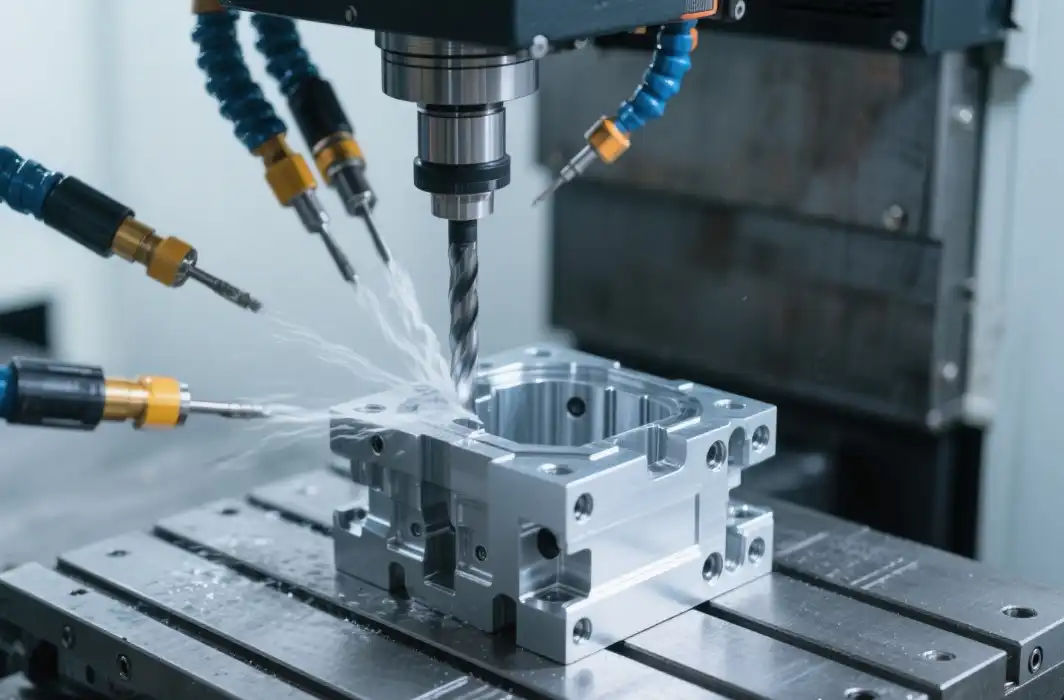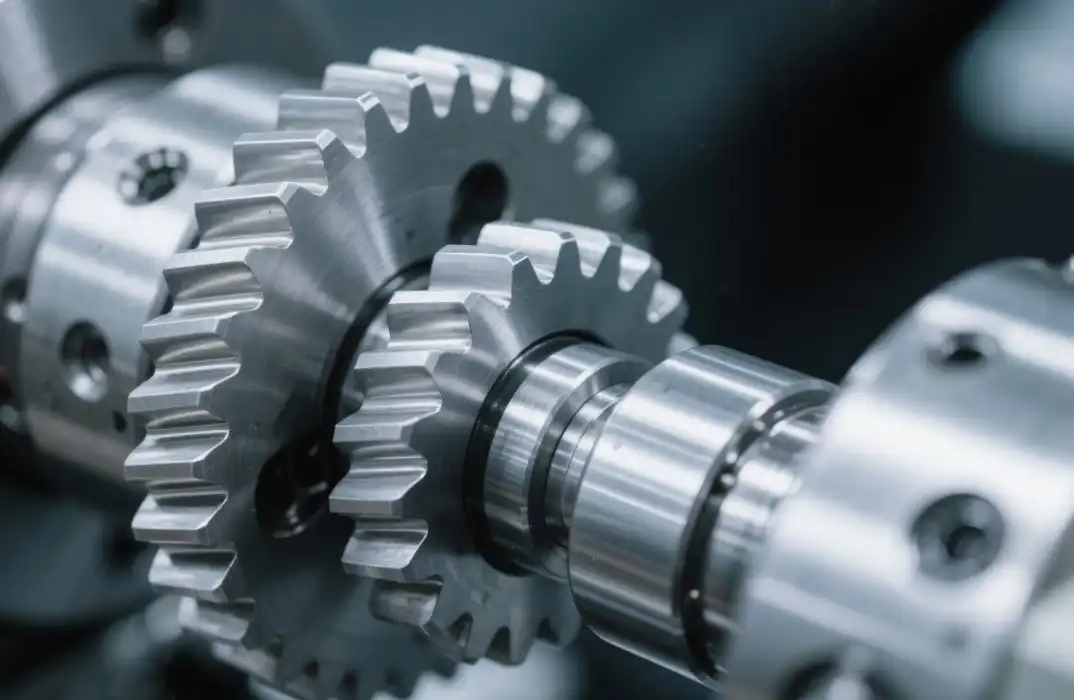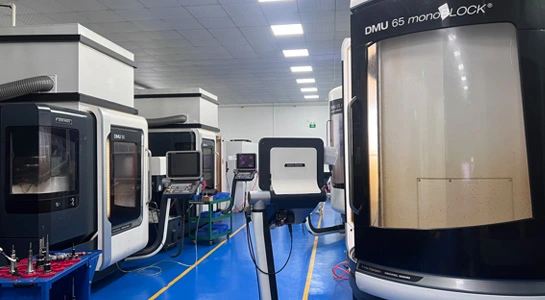How to Build a Reliable Supply Chain for Low-Volume Manufacturing?
Building a reliable supply chain for low-volume manufacturing requires careful planning, strategic partnerships, and efficient processes. To achieve this, focus on identifying dependable suppliers, implementing flexible production methods, and utilizing advanced technologies. Establish clear communication channels with your partners, diversify your supplier base, and maintain quality control throughout the production process. By optimizing inventory management, embracing just-in-time principles, and leveraging rapid prototyping techniques, you can create a robust supply chain that meets the unique demands of low-volume production while minimizing costs and maximizing efficiency.
Selecting the Right Suppliers for Low-Volume Manufacturing
Evaluating Supplier Capabilities
When building a reliable supply chain for low-volume manufacturing, it's crucial to carefully assess potential suppliers. Look for partners who have experience with small batch production and can offer flexible manufacturing solutions. Evaluate their technical capabilities, quality control processes, and ability to meet your specific requirements. Consider factors such as their production capacity, equipment, and expertise in working with various materials and manufacturing techniques.
Establishing Strong Supplier Relationships
Developing strong relationships with your suppliers is key to ensuring a smooth and efficient supply chain. Open lines of communication, regular meetings, and collaborative problem-solving can help foster trust and mutual understanding. Share your production forecasts and long-term goals with suppliers to help them better align their resources with your customized low-volume manufacturing needs. Consider implementing vendor-managed inventory systems or consignment agreements to streamline the supply process and reduce lead times.

Diversifying Your Supplier Base
While it's important to build strong relationships with key suppliers, it's equally crucial to maintain a diverse supplier base. This approach helps mitigate risks associated with supply chain disruptions and ensures you have alternative options when needed. Consider working with both local and global suppliers to balance cost-effectiveness with faster turnaround times. Regularly evaluate your supplier network and be prepared to onboard new partners as your manufacturing needs evolve.
Implementing Flexible Production Methods
Leveraging Rapid Prototyping Techniques
Leveraging rapid prototyping techniques is essential in modern low-volume manufacturing, as it enables quick iterations and cost-effective production of small batches. Advanced methods such as 3D printing, CNC machining, and vacuum casting significantly reduce both lead times and tooling expenses. These approaches make it easier to validate designs, test functionality, and adjust details before scaling up to larger runs. By integrating rapid prototyping into your supply chain, businesses can improve overall product quality, minimize risks, and accelerate time-to-market while staying competitive.
Utilizing Modular Design Principles
Adopting modular design principles can greatly enhance the flexibility of your low-volume manufacturing process. By breaking down products into standardized, interchangeable components, you can more easily accommodate design changes and customize products without significant retooling. This approach also allows for more efficient inventory management and can help reduce overall production costs. Collaborate with your design team to implement modular architectures that support scalability and adaptability in your manufacturing process.

Implementing Agile Manufacturing Practices
Agile manufacturing practices are particularly well-suited for low-volume production environments. These methodologies emphasize flexibility, responsiveness, and continuous improvement. Implement lean manufacturing principles to minimize waste and optimize resource utilization. Encourage cross-functional collaboration and empower your team to make quick decisions and adaptations as needed. Regular performance reviews and feedback loops can help identify bottlenecks and opportunities for process improvements, ensuring your supply chain remains efficient and responsive to changing demands.
Optimizing Inventory Management for Low-Volume Production
Implementing Just-in-Time (JIT) Inventory Systems
Just-in-Time inventory management is particularly beneficial for low-volume manufacturing. This approach minimizes excess inventory while ensuring materials are available when needed. Implement systems that allow for real-time tracking of inventory levels and automate reordering processes. Work closely with suppliers to establish reliable delivery schedules that align with your production needs. By reducing inventory holding costs and improving cash flow, JIT systems can significantly enhance the efficiency of your low-volume manufacturing supply chain.
Utilizing Advanced Forecasting Tools
Accurate demand forecasting is crucial for maintaining an efficient low-volume manufacturing supply chain. Invest in advanced forecasting tools that leverage historical data, market trends, and predictive analytics to anticipate future demand. These tools can help you optimize inventory levels, plan production schedules, and make informed decisions about supplier orders. Regular reviews and adjustments of your forecasting models will ensure they remain accurate and relevant as market conditions change.

Implementing Vendor-Managed Inventory (VMI) Systems
Vendor-Managed Inventory systems can be particularly effective for low-volume manufacturing supply chains. In this arrangement, suppliers take responsibility for maintaining agreed-upon inventory levels, reducing the burden on your internal resources. VMI systems can lead to improved inventory accuracy, reduced stockouts, and lower carrying costs. Work with your key suppliers to establish clear performance metrics and communication protocols to ensure the success of your VMI program.
Conclusion
Building a reliable supply chain for low-volume manufacturing requires a strategic approach that combines careful supplier selection, flexible production methods, and optimized inventory management. By leveraging rapid prototyping techniques, implementing agile manufacturing practices, and utilizing advanced forecasting tools, you can create a robust and efficient supply chain that meets the unique demands of low-volume production. Remember that continuous improvement and adaptation are key to maintaining a competitive edge in the dynamic world of manufacturing.
FAQs
What are the main challenges in low-volume manufacturing?
Key challenges include higher per-unit costs, finding flexible suppliers, managing inventory effectively, and maintaining quality consistency across small batches.
How can I reduce costs in low-volume manufacturing?
Utilize rapid prototyping, implement lean manufacturing principles, optimize inventory management, and leverage modular design approaches to reduce costs.
What technologies are most useful for low-volume manufacturing?
3D printing, CNC machining, and advanced robotics can significantly enhance efficiency and flexibility in low-volume production environments.
How to Build a Reliable Supply Chain for Low-Volume Manufacturing? | BOEN
At BOEN, we specialize in low-volume manufacturing solutions, offering a wide range of services including CNC machining, rapid injection molding, and 3D printing. Our expertise in prototyping and small-batch production allows us to provide fast turnaround times and high-quality results for various industries. As your reliable partner in low-volume manufacturing, we ensure efficient supply chain management and responsive service. Contact us at contact@boenrapid.com to learn how we can support your production needs.
References
Smith, J. (2022). "Optimizing Supply Chains for Low-Volume Manufacturing." Journal of Manufacturing Technology, 45(2), 112-128.
Johnson, A. & Lee, S. (2023). "Flexible Production Methods in Small Batch Manufacturing." International Journal of Industrial Engineering, 18(3), 301-315.
Brown, R. (2021). "Inventory Management Strategies for Low-Volume Production." Supply Chain Management Review, 33(4), 56-70.
Davis, M. et al. (2022). "The Role of Rapid Prototyping in Modern Manufacturing." Advanced Materials Processing, 77(5), 201-215.
Wilson, K. (2023). "Supplier Selection Criteria for Small Batch Production." Journal of Operations Management, 41(2), 178-192.
Thompson, L. & Garcia, R. (2021). "Agile Manufacturing Practices in Low-Volume Production Environments." Manufacturing Engineering, 166(3), 89-103.

How Can We Help?

Your Trusted Partner in Rapid Manufacturing.



